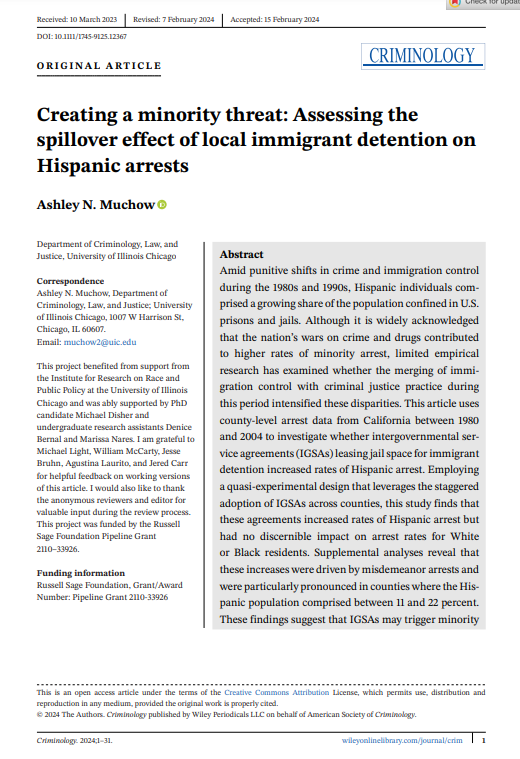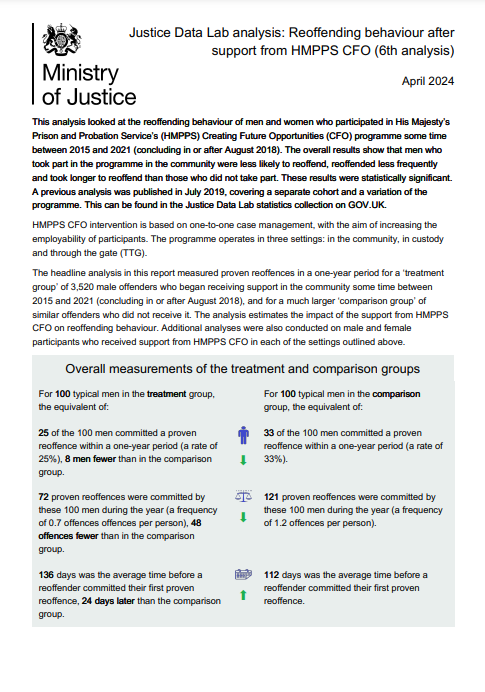By Cas Mudde
The rise of Donald Trump has weakened the dominance of the “American exceptionalism” paradigm in analyses of U.S. politics, but the pivot to views of the United States as part of a global trend toward democratic backsliding ignores important, uniquely “American” cultural, historical, and institutional attributes that make the country more at risk for democratic erosion than most other established democracies. This short article puts Trump, and his Republican Party, into the broader comparative perspective of (European) far-right studies. I argue that Trump in many ways fits the “fourth wave” of postwar far-right politics, lay out the unique challenge that the United States is facing in terms of democratic erosion, and draw on the case of Viktor Orbán in Hungary to learn lessons for the United States. The article ends with some suggestions of how democrats (not just Democrats) should address the far-right Republican challenge to U.S. democracy.
It is rare for political scientists to write a New York Times bestseller, but Steven Levitsky and Daniel Ziblatt did just that, with their insightful book How Democracies Die (2018). It is the best contribution to what has quickly become a new and popular genre of political doomsday books, declaring the end of democracy, liberalism, or both. What makes the success of How Democracies Die even more remarkable is that the authors look to other countries to help explain what is happening in the United States. Based on the authors’ extensive research on early-twentieth-century Europe and late-twentieth-century Latin America, Levitsky and Ziblatt provide an original and thought-provoking understanding of contemporary U.S. politics. With this comparative approach, the authors went against the “American exceptionalism” paradigm, claiming that U.S. politics is unique in the world, which has long dominated academic and political debates in the United States.
Ironically, for a politician who championed an isolationalist “America First” policy, Donald Trump has done more to open the country up to comparisons with the rest of the world than possibly any U.S. politician before him. Few analyses of his ascendence failed to note similar developments in other countries, from Brazil (Jair Bolsonaro) to Italy (Silvio Berlusconi) and France (Jean-Marie and Marine Le Pen). The most ahistorical accounts declare Trump the trendsetter of a global “far right” surge that, in fact, started at least 25 years prior in Europe. The pivot from “American exceptionalism” to views of the United States as part of a global trend toward democratic backsliding might be therapeutic to those who oppose Trump, but it ignores important, uniquely “American” cultural, historical, and institutional attributes that make the United States more at risk for democratic erosion than most other established democracies.
In this short article, I put Trump, and his Republican Party, into the broader comparative perspective of (European) far-right studies. In the first section, I argue that Trump in many ways fits what I have called the “fourth wave” of postwar far-right politics. In the second section, I lay out the unique challenge that the United States is facing in terms of democratic erosion; and in the third section, I draw on the case of Viktor Orbán in Hungary to learn lessons for the United States. The article ends with some suggestions of how democrats (not just Democrats) should address the far-right Republican challenge to U.S. democracy.
The ANNALS of the American Academy of Political and Social Science, 699(1), 101-115. 2022. https://doi.org/10.1177/00027162211070060





















